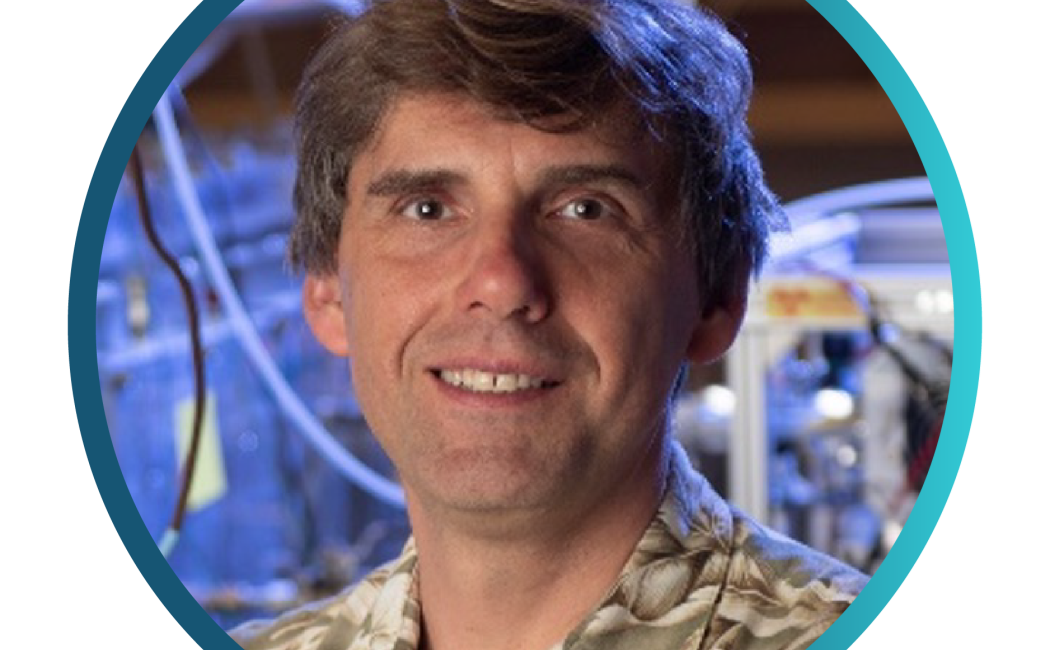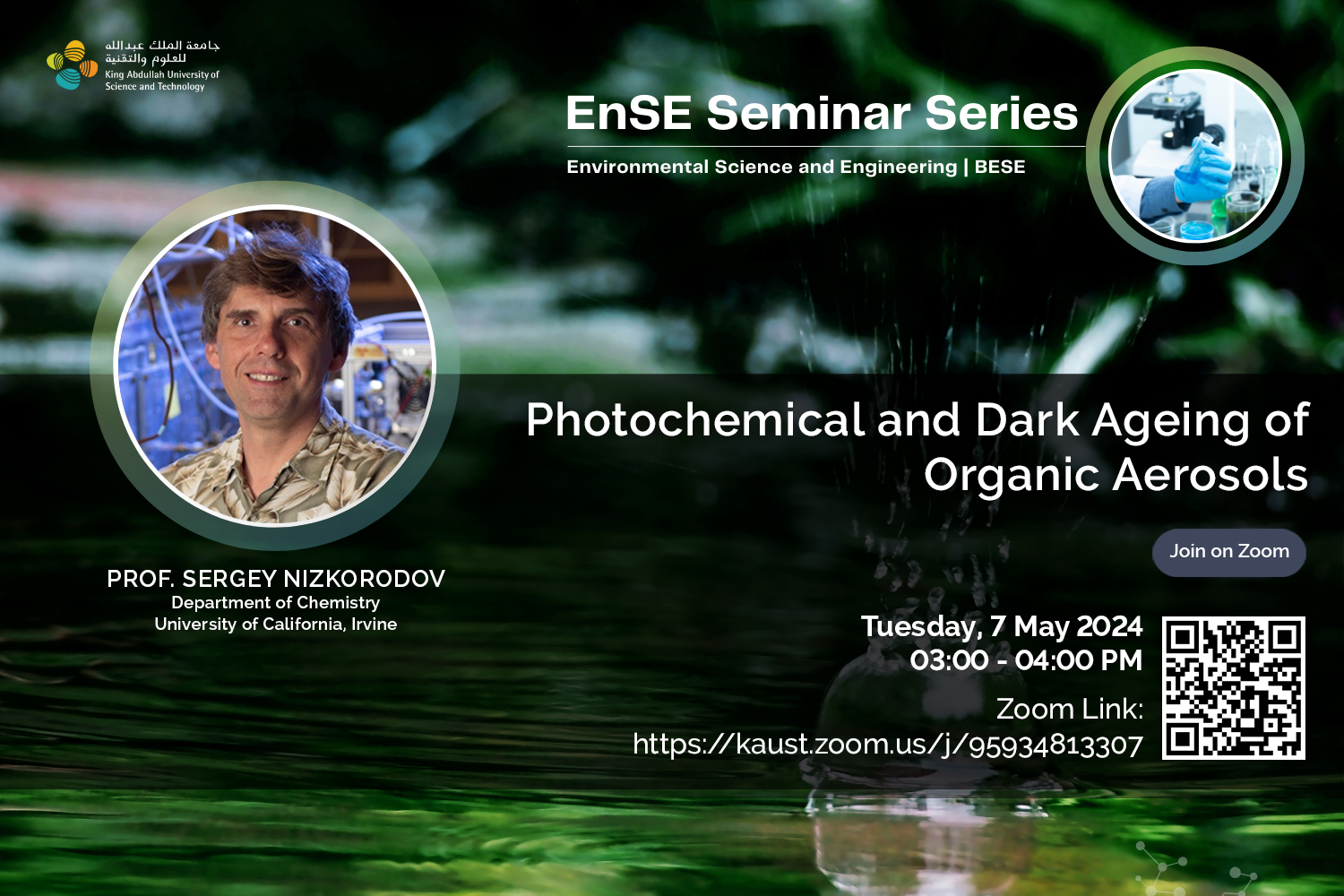



Atmospheric aerosols significantly affect air quality, visibility, and global climate. Organic compounds make up a significant, and often dominant, fraction of the atmospheric particulate matter. Primary organic aerosol is emitted in the atmosphere by various sources, and secondary organic aerosol is produced directly in the atmosphere as a result of a complex sequence of reactions that start with the oxidation of volatile organic compounds and end with the condensation of the low-volatility products into particles. What makes the representation of organic aerosols in climate and air quality models challenging is their astonishingly high degree of chemical complexity. Furthermore, the chemical composition of organic aerosols continuously changes as a result of various “ageing” processes, such as photolysis, hydrolysis, oligomerization, oxidation, and other reactions involving aerosol constituents and atmospheric gases. This presentation will examine the role of condensed-phase photochemical processes in the aerosol ageing, i.e., processes initiated by absorption of solar radiation by an organic compound within a particle or cloud/fog droplet. We will also discuss “dark” ageing processes, which occur without any involvement of solar radiation and free radicals, and result in the formation of compounds with unusual properties, such as organic compounds capable of absorbing visible radiation (so called “brown carbon”).
Sergey Nizkorodov was born in 1971 in Almaty, Kazakhstan. He received his undergraduate degree in biochemistry from Novosibirsk State University, Russia, in 1993 and his graduate degree in physical chemistry from Basel University, Switzerland, in 1997. After doing his postdoctoral research in chemical kinetics and reaction dynamics at the University of Colorado at Boulder, and in atmospheric chemistry at the California Institute of Technology, he joined the faculty of the Department of Chemistry, University of California, Irvine (UCI) in 2002. He teaches general, analytical, and atmospheric chemistry courses at UCI and does research on the chemistry of particulate matter in the ambient atmosphere and in indoor environments using state-of-the-art spectroscopic and mass-spectrometric techniques. He has been a research mentor to over 100 graduate, undergraduate, high-school, and postdoctoral students. His research, education, service, and public outreach work have been recognized by several awards, including Fulbright Scholarship, AAAS Fellowship, Camille Dreyfus Teacher-Scholar Award, AGU Ascent Award, Coblentz Award, UCI Chancellor's Award for Excellence in Fostering Undergraduate Research, Daniel G. Aldrich, Jr. Distinguished University Service Award, and UCI Professor of the Year Award. He served as the President of the American Association for Aerosol Research (AAAR) in 2020-21, a professional organization of about 1000 scientists and engineers working to advance the field of aerosol research and technology, and has been active in various service roles at UCI and in the research community.